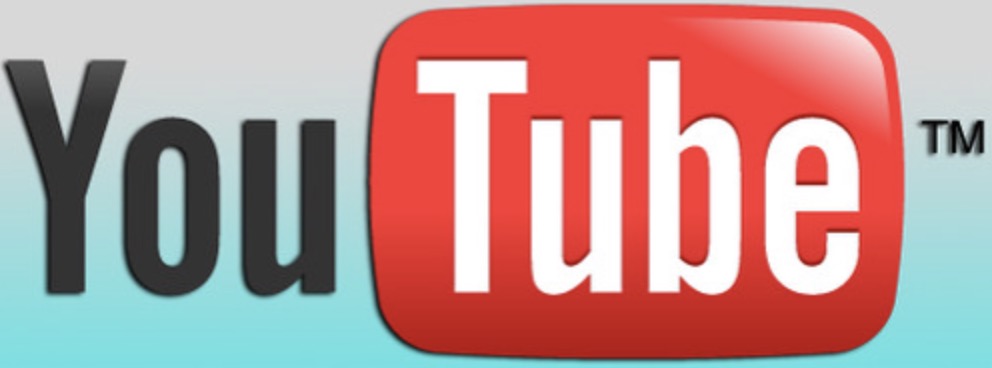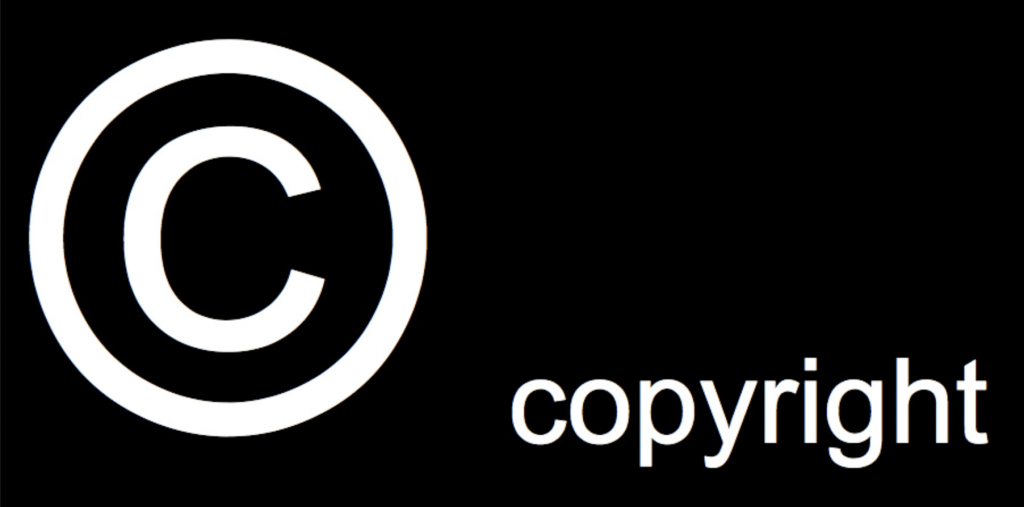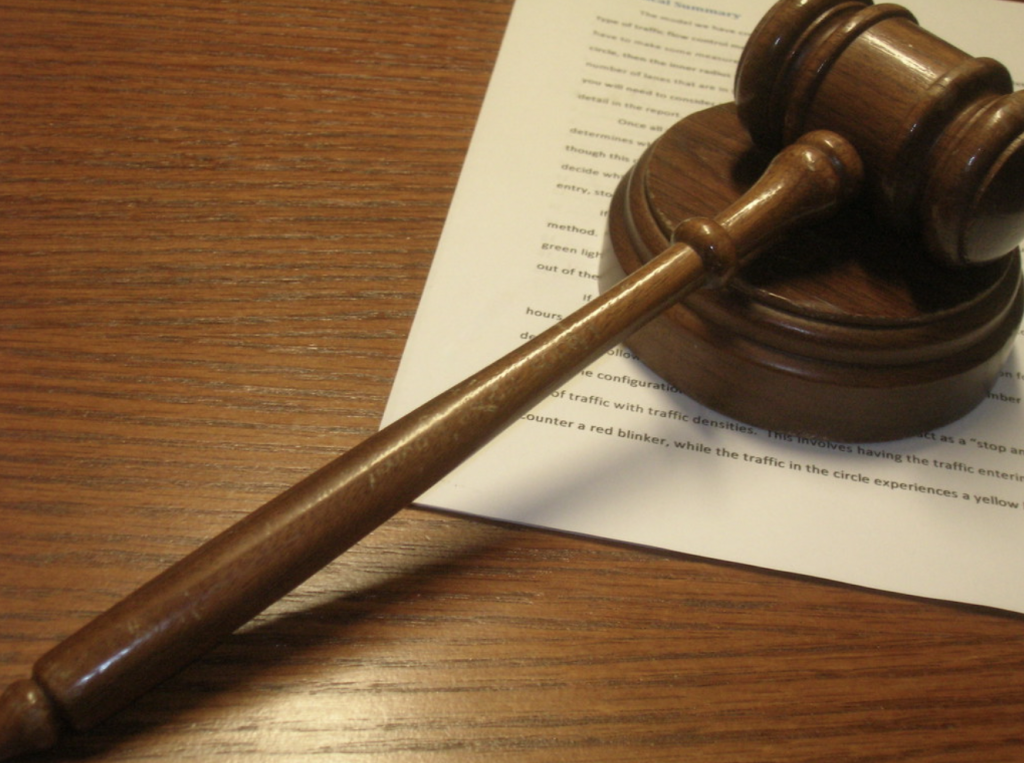
“youtube” by FindYourSearch is licensed under CC BY-SA 2.0.
With the development of online platforms, YouTube has become more and more popular among people and occupies an important position in the Internet video-sharing platform. Most people share their carefully crafted videos on YouTube. However, as the number of YouTube users and video content increases, copyright issues also arise. Therefore, the policies of Internet media platforms have aroused everyone’s debate on copyright issues. Copyright affects people’s daily lives and the distribution of rights. According to traditional copyright concepts and regulations, ownership of a work belongs to the author and is considered private property (Gray, 2020). This article will discuss the copyright issues caused by YouTube’s platform policies and settings in terms of video and music content and analyze the reasons for this problem and its impact on individuals and society. I will introduce the policies and settings of the YouTube platform to support my point.

“Copyright Symbols” by MikeBlogs is licensed under CC BY 2.0.
Why is copyright important?
Copyright is at the core of every work and determines the rights of use and ownership (Frith and Marshall, 2004). Although the media era develops and digital technology advances more and more, problems such as plagiarism and portability of works also arise. Copyright can be seen everywhere in our lives, such as in books, movies, music, etc. The copyright of a work can determine who uses the work, when it is used, where it is used, and so on. Copyright protects the creations and ideas of the original author. Nowadays, with the development of the Internet, copyright issues are even more serious. When a person plagiarizes, he or she is stealing the creativity and ideas from the original author’s work and profiting from it (Flamingo Films, 2013). As YouTube’s popularity increases and more and more users use it, copyright issues often occur.
YouTube platform policies and music copyright
Content identification in YouTube platform policies can lead to copyright issues. The YouTube platform implements a far-reaching system called “Content ID”. What is “Content ID”? To provide every user with a protected voice and observation of the world, the YouTube platform created the Content ID system. Most of YouTube’s copyright statements are issued by the Content ID system to protect original authors from plagiarism and relocation (YouTube Content ID, 2010). Content ID automatically identifies content and is used to manage copyright issues on YouTube. However, is it possible to be completely protected?
Music licensing on the YouTube platform is very complicated. The YouTube platform signs a copyright agreement with the record company of the song but still needs to obtain a copyright agreement with the composer and publisher of the song (Bailey, 2017). Content ID is not a panacea, and sometimes misjudgments may occur. Much music is protected under YouTube platform policies and regulated by the Content ID system. But some music is open to the public and is allowed to be transported. However, the Content ID system will incorrectly determine that it is a copyright infringement.
The settings of the YouTube platform are not perfect
Since many videos are uploaded to YouTube every day, the platform’s settings cannot handle every video quickly and accurately. Some non-original authors will mix and edit various videos and audio and then plagiarize and upload them to the YouTube platform to become original authors. This makes it difficult for the Content ID system to accurately identify. However, when people want to reasonably match their videos with some music on the YouTube platform, they will receive a warning from the Content ID system that this is a copyright infringement. Even the copyright owner of the video has received a warning that it is considered a copyright infringement. Copyright infringement warning. Therefore, some users legitimately share their own videos on the YouTube platform but are judged to be infringing by the Content ID system, and their carefully produced videos are even deleted, and the authors may even be banned. This resulted in damage to both their reputation and their work.
Take the globally famous anime Totally Not Mark as an example, Mark Fitzpatrick shared the cartoon Totally Not Mark on YouTube and explained his views and gained more than 850,000 fan subscriptions. However, this was judged to be copyright plagiarism and 150 of his videos were removed from the shelves. This incident caused nearly 3 years of work by him and his team to be in vain, and they even lost their source of income (Ashcraft, 2021). The Content ID system of the YouTube platform is not very complete. Some original authors who abide by the policies and settings of the YouTube platform have been judged to have copyright issues. However, there is still a small number of plagiarized authors and works that have not been discovered. This unfairly affects the original creators of YouTube videos and music.
Measures taken by the YouTube platform on copyright issues
The YouTube platform minimizes copyright issues. To avoid major copyright issues, the policies and settings of the YouTube platform have been strengthened. For example, in 2007, Viacom accused the YouTube platform of copyright infringement and sought $1 billion in damages. Viacom stated that there are 160,000 videos on the YouTube platform that have not been edited and authorized by Viacom, with a total of more than 1.5 billion views (Cashmore, 2007). In this regard, the YouTube platform fully supports the Content ID system and strictly supervises the videos uploaded to YouTube and the music in the videos. Many original authors can earn income through this method, such as advertising in their videos. This approach not only supports the original author and original work but also reduces the risk of copyright infringement.
Under the Digital Millennium Copyright Act (DMCA), the YouTube platform is set up to actively remove infringing content when it receives concerns about infringement (Pike, 2007). Under the provisions of the law, the policies and settings of the YouTube platform will supervise copyright issues more strictly.
The YouTube platform will impose severe penalties such as fines, compensation, deletion, and blocking for copyright issues such as plagiarism and transfer of works. For example, in 2014, Marcus Gray sued Katy Perry’s ‘Dark Horse’ for plagiarizing his song ‘Joyful Noise’, and Katy Perry was ultimately ordered to pay Marcus Gray $2.8 million (Luk, 2022). This incident not only affected their music career but also caused strong discussions in society and the music industry at the time.
The YouTube platform has the protection of the Digital Millennium Copyright Act (DMCA), the agreement of the copyright holder of the work, and the supervision of the Content ID system to protect the works of each original author and reduce copyright issues to the greatest extent possible. Through these strict regulations, original authors and works are protected, which also allows more people to join.

“My Trusty Gavel” by steakpinball is licensed under CC BY 2.0.
Conclusion:
Nowadays, with the development of digital culture, the YouTube platform has become the most popular video platform in the world. However, as the number of users and works increases, copyright issues become more and more serious. In this regard, the YouTube platform has established a Content ID system and signed legal agreements to minimize copyright risks, but this does not completely prevent copyright issues. The policies and settings of the YouTube platform are not absolute for copyright. The Content ID system will make errors in judgment, and even mishandling accidents may cause unfair treatment to original authors. All in all, the YouTube platform should work harder to improve its policies and settings to ensure fair, reasonable, and effective copyright protection principles. When the YouTube platform equally protects the rights and interests of original authors and original works, there will be more and more market demand for development.
Reference List:
Ashcraft, B. (2021). YouTuber Hit With 150 Copyright Claims for Reviews Featuring Anime Footage. Kotaku. https://kotaku.com/youtuber-hit-with-150-copyright-claims-for-reviews-feat-1848178180
Bailey, J. (2017). Understanding Music Licensing on YouTube. [Video]YouTube. https://youtu.be/KLQ09akYFLc
Flamingo Films. (2013). Why Is Copyright Important? [Video]YouTube. https://www.youtube.com/watch?v=30xO7L5CmVI
Frith, S. and Marshall, L. (2004). Music and Copyright. Edinburgh University Press. https://doi.org/10.1515/9781474468282
Gray, J. E. (2020). The Value and Function of Copyright. Google Rules: The History and Future of Copyright Under the Influence of Google. Oxford University Press. 19–40. https://doi.org/10.1093/oso/9780190072070.003.0002
Luk, A. C. (2022). How does the public perceive music copyright law? A content analysis of YouTube videos on the Flame v Perry “Dark Horse” case. Journal of Intellectual Property Law & Practice. https://doi.org/10.1093/jiplp/jpac066
Pike, G. H. (2007). Google, YouTube, copyright, and privacy. Information Today, 24(4), 15+. https://link.gale.com/apps/doc/A161558580/AONE?u=usyd&sid=bookmark-AONE&xid=864331d2
YouTube Creators. (2010). YouTube Content ID. [Video]YouTube. https://youtu.be/9g2U12SsRns?si=xFqXgEkgNpwyVHZx
